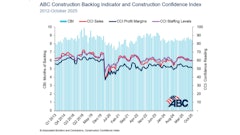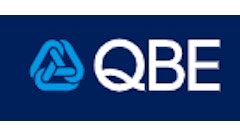Let's say that your business averages a cash balance of $100,000 at the end of every month. You also find that even though you average a $100,000 in cash you often find yourself in a position where your checking account is overdrawn and you actually have a negative cash balance. When this happens your bookkeeping department gets tense, you slow payments to suppliers and you're not able to negotiate favorable terms or prices with your suppliers.
One of our Key Performance Indicator goals might be to improve your cash position where the worst that we ever end the month with is $100,000 and we want to improve our average ending cash balances to $250,000. We have now designed a goal for a key performance indicator.
The next step we have is to figure out what are the things that we do that influence what our drives our cash balance. These things are called drivers. For our sample company, some of the drivers they have are:
- Gross profit
- Labor costs per unit sold
- Average receivables and days those receivables are open
- Amount of money required every month for note payments
- Average amount of inventory on hand and how long it takes to sell that inventory
We have five different drivers that we've identified that influence how much cash we'll have at the end of the month. We've decided that we can only work on two of them over the next six months.
Because there are five drivers we've identified we need to choose which of the two would have the largest effect on cash and which two would be the easiest to design operational changes that will help improve our cash position. Hopefully the ones that are the easiest to implement would also be the ones that would have a large effect on cash.
Up to this point we've not had to share any of this information with anyone in our company. We could design changes we want made and then demand that our employees implement those changes. Or, we could communicate what our goals for cash improvement are and get input from our employees on which of the five would give us the best return for effort.
Choosing the later brings our employees into the conversation about what makes our business better. I've always believed that our employees are experts at their job. Asking for their opinion about specific actions we can take often produce results that are much better than those I ever could come up with by myself.
Information provided by Josh Patrick, CFP, CLU, ChFC, is principal of Stage 2 Planning Partners, South Burlington, Vt., and specializes in working with closely held business owners on a variety of concentrated issues that are unique to owners of private firms. He can be reached at 877-880-5112; email: [email protected]; www.stage2solution.com.
Additional resources that build on the topics of this article
Read an overview on key performance indicators - the two or three numbers from your financial report analysis that spell the difference between the success and failure of your construction business.



















